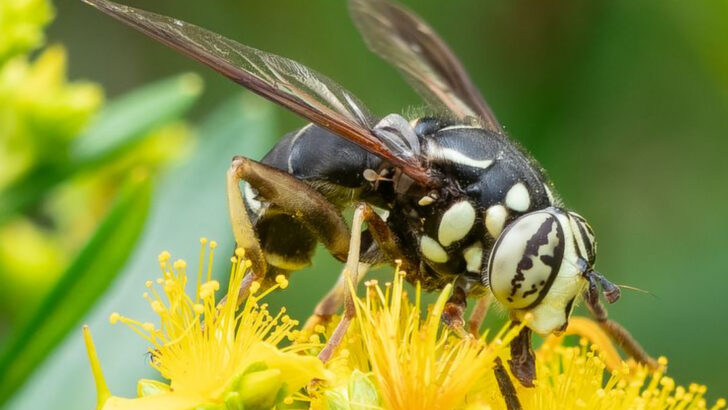California’s forests are full of life—both beautiful and dangerous.
Beneath the towering trees and lush greenery, there’s a hidden world of insects that can pack a punch, even if you don’t see them coming. From tiny, venomous bites to vibrant, toxic threats, these creatures can turn a peaceful hike into a risky adventure.
These insects don’t just blend in with the scenery—they’ve evolved to survive in some of the harshest environments, making them formidable foes. Their stealthy presence adds an edge of danger to California’s otherwise serene wilderness.
Get ready to meet 21 dangerous insects lurking in the forests, each one with its own deadly secret. Understanding them will help you navigate these wild places safely, ensuring your next outdoor adventure doesn’t end with a sting or bite you didn’t expect.
Western Blacklegged Tick
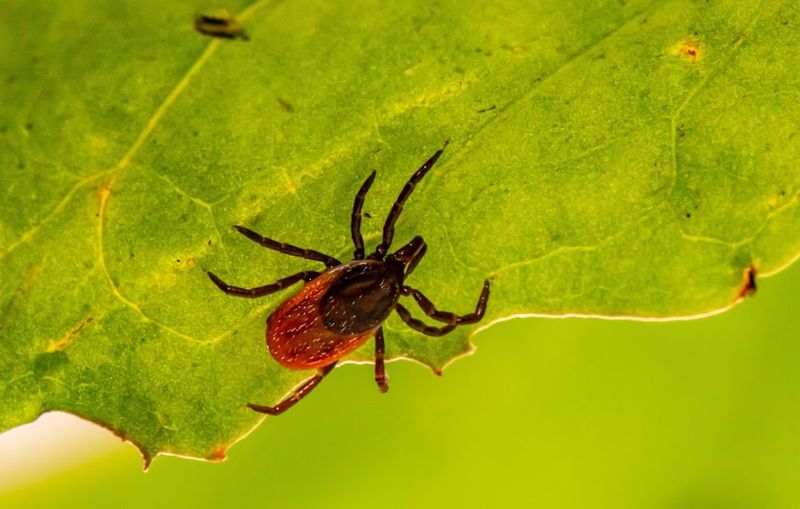
Tiny yet menacing, the Western Blacklegged Tick is renowned for transmitting Lyme disease. These ticks are stealthy; they cling to grasses and leaves, waiting for a warm host to pass by. An initial bite often goes unnoticed until symptoms arise.
The ticks thrive in California’s moist, shaded environments. Their presence warns hikers to remain vigilant, wear protective clothing, and conduct thorough tick checks.
Interestingly, despite their tiny size, their impact on human health is substantial. Awareness and prompt removal are key to preventing disease. Always carry a tick removal kit while adventuring in tick-prone areas.
California Harvester Ant
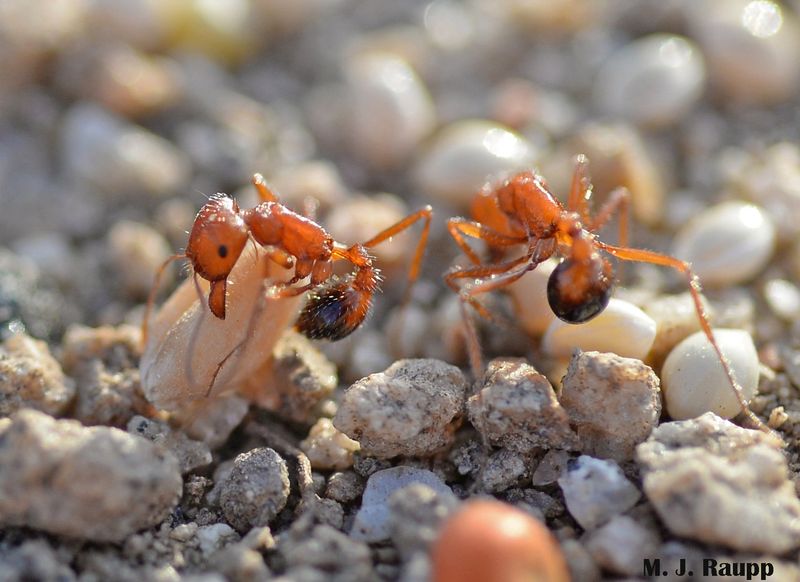
With powerful mandibles and a tenacious spirit, the California Harvester Ant is more than meets the eye. Found scuttling across sandy patches, their industrious nature is fascinating. However, a single bite injects potent venom, causing intense pain.
These ants play a crucial role in seed dispersion yet can be fiercely territorial. If you stumble upon their mound, admire from a distance. The ant’s venom is used in medical research, showcasing nature’s duality.
For those with allergies, caution is paramount. Knowing their habitats aids in avoiding unexpected encounters during outdoor activities.
Bald-Faced Hornet
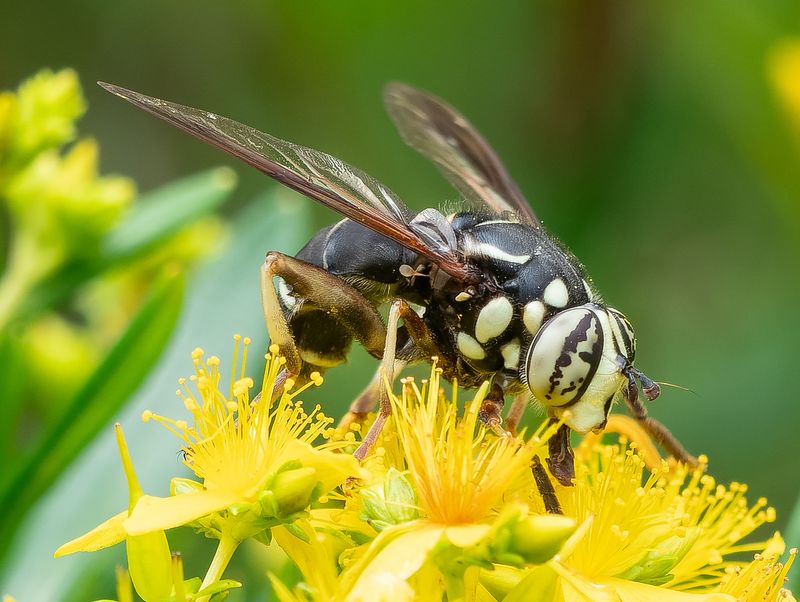
Easily mistaken for a bee, the Bald-Faced Hornet is a formidable insect with a striking black and white pattern. Known for their aggressive defense, these hornets protect their nests with fervor.
Their paper-like nests can be spotted hanging from branches, often in plain sight. While their sting is painful, it is their swarming behavior that poses the greatest threat.
Despite their fearsome reputation, they play a role in controlling other insect populations. Observing from a safe distance ensures mutual peace, keeping both you and the hornet safe.
Yellowjackets
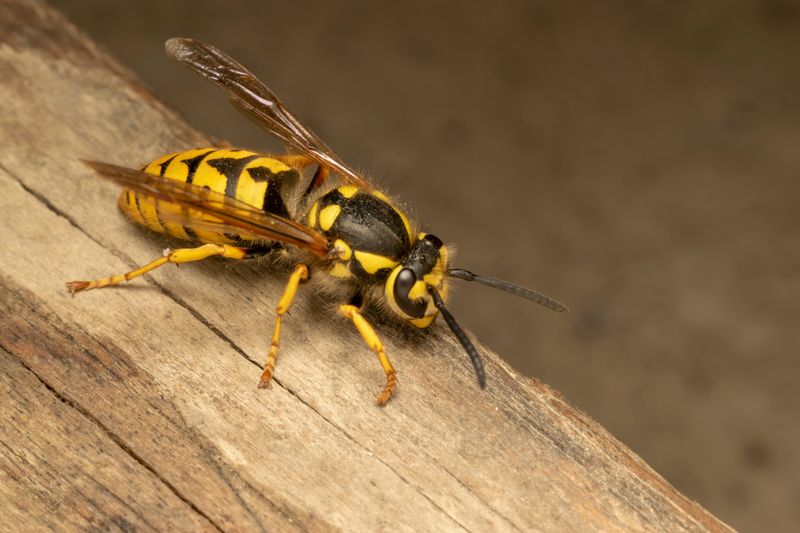
The vibrant Yellowjackets are easily identifiable with their bright yellow and black bodies. These wasps are omnipresent in California forests, buzzing energetically around picnics and garbage.
Their aggressive nature makes them a nuisance, especially during late summer when food sources dwindle. A sting is acutely painful and can cause severe allergic reactions in some individuals.
Interestingly, they are nature’s clean-up crew, feeding on a variety of insects and carrion. Maintain a wide berth during encounters and secure food tightly to avoid attracting these persistent insects.
California Carpenter Bee
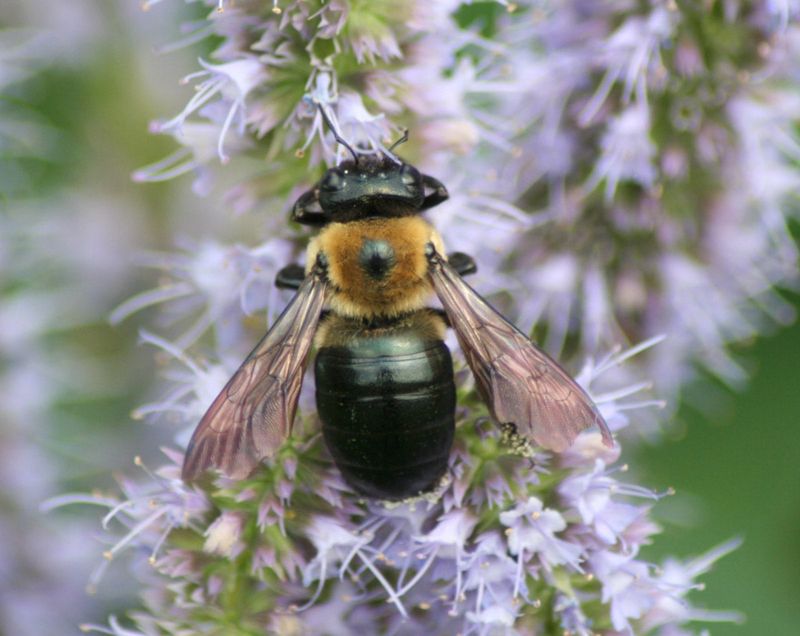
Amidst the trees, the California Carpenter Bee buzzes with purpose, its glossy black body glistening under the sun. Unlike aggressive wasps, these bees are solitary and generally harmless, but their sheer size can be intimidating.
Female carpenter bees bore into wood, creating tunnels which can damage structures over time if left unchecked. Surprisingly, these bees are excellent pollinators, crucial for ecological balance.
If they become a nuisance, simple deterrents can prevent them from nesting in unwanted areas. Appreciate their role in nature, and they’ll continue to thrive in harmony with their surroundings.
Blister Beetle
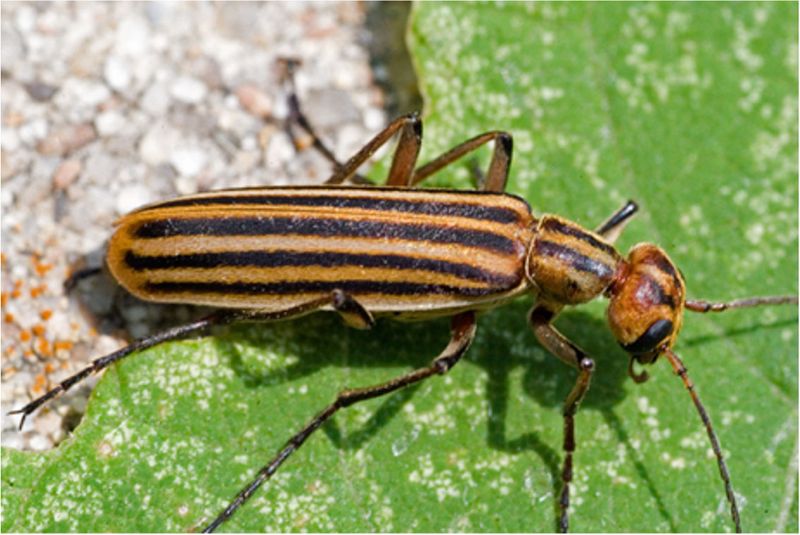
The Blister Beetle, with its striking metallic blue and black stripes, is a small but potent inhabitant of California’s forests. While its colors can be mesmerizing, the beetle releases a harmful chemical called cantharidin, which can cause blistering upon contact with human skin.
These beetles often feed on plants and flowers, making them a common sight in meadows and forest edges. Their presence is not only a warning to wary hikers but also a fascinating glimpse into the intricate balance of nature’s defense mechanisms.
Interestingly, the cantharidin produced by these beetles has been used in traditional medicine and as a pest control agent, though caution is always advised when encountering them in the wild.
California Fire Ant
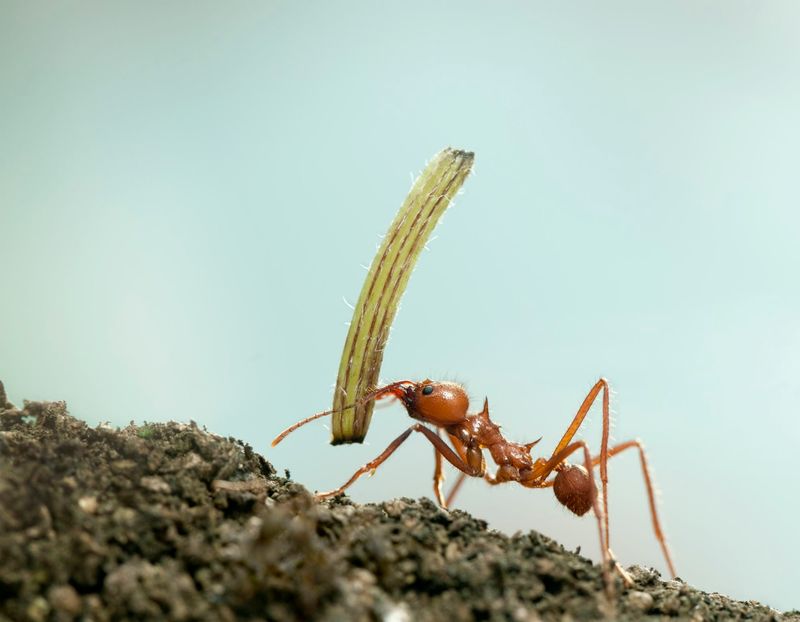
With a fiery name and matching temperament, the California Fire Ant commands attention. Known for their painful stings, these ants are quick to defend their territory.
Their nests are typically found in open, sunny areas, and encountering one unknowingly can be a harrowing experience. Their venom causes intense irritation and allergic reactions for some.
Despite their intimidating nature, they play a vital role in controlling pest populations. Stay aware of your surroundings when exploring, and steer clear of these aggressive insects to avoid painful encounters.
Mountain Pine Beetle
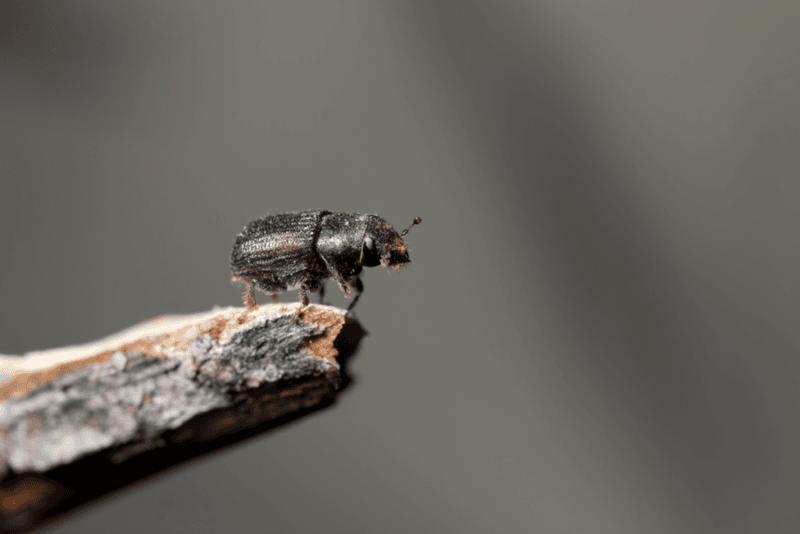
Tucked away in the forests, the Mountain Pine Beetle is tiny but mighty. These beetles bore into trees, leaving a trail of destruction in their wake.
Their infestation can cause entire forests to succumb, impacting ecosystems significantly. While they don’t pose a direct threat to humans, the environmental damage they cause is profound.
Efforts to manage their populations include monitoring and controlled burns. These beetles remind us of nature’s delicate balance and the importance of forest management to preserve these vital habitats.
Western Cicada Killer

Despite its fearsome name, the Western Cicada Killer is more bark than bite for humans. Known for their impressive size, they prey on cicadas, playing a crucial role in maintaining balance.
They are solitary wasps, preferring open, sandy areas for nesting. Although intimidating, they are not aggressive towards humans unless provoked.
Their lifecycle is fascinating, with females paralyzing cicadas to provide sustenance for their offspring. Observing them in action offers a glimpse into the intricacies of nature’s food web, showcasing the beauty of predator-prey interactions.
Western Conifer Seed Bug
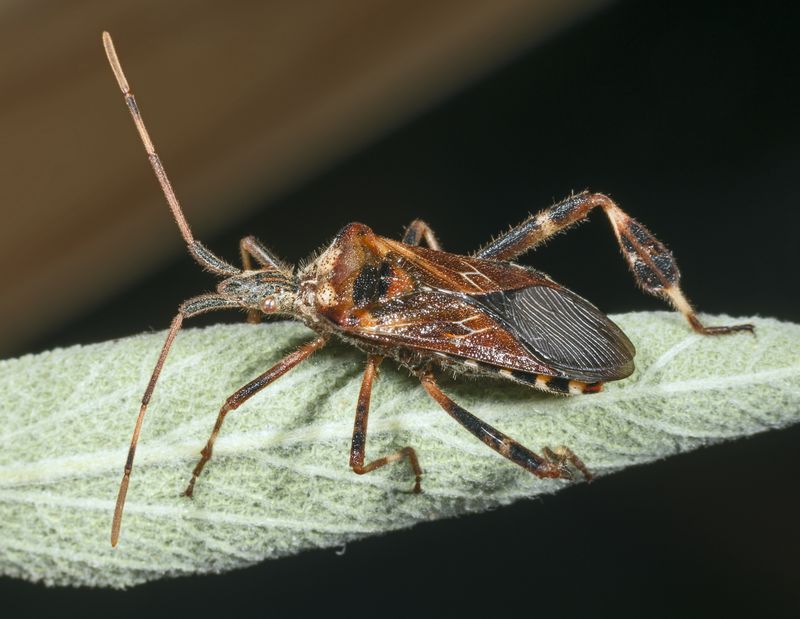
The Western Conifer Seed Bug may look intimidating, but its influence is more subtle. With a long, slender body and distinctive markings, these bugs are known for their nuisance factor rather than danger.
Often mistaken for beetles, they feed on conifer seeds, impacting tree reproduction. While not harmful to humans, their presence indoors can be unsettling.
Interestingly, they emit a strong odor when threatened, a natural defense mechanism. Keeping windows closed and sealing entry points can prevent unwanted indoor visits, allowing you to admire them from afar without worry.
Tarantula Hawk Wasp
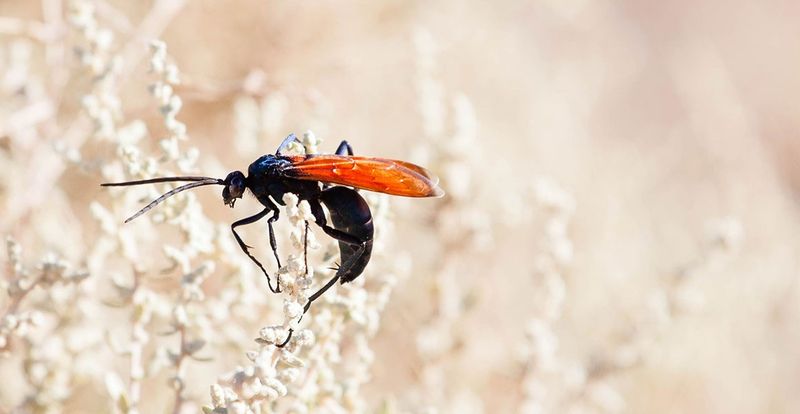
With a sting that ranks among the most painful, the Tarantula Hawk Wasp is not an insect to be taken lightly. These wasps have a striking appearance, with vivid blue-black bodies and bright orange wings.
They hunt tarantulas, paralyzing them to serve as a living host for their larvae. Despite their fierce nature, they are rarely aggressive towards humans.
Their presence in California’s forests is a testament to the intricate dance of predator and prey. Observing from a distance is wise, appreciating their role in controlling spider populations without getting too close.
Giant Water Bug
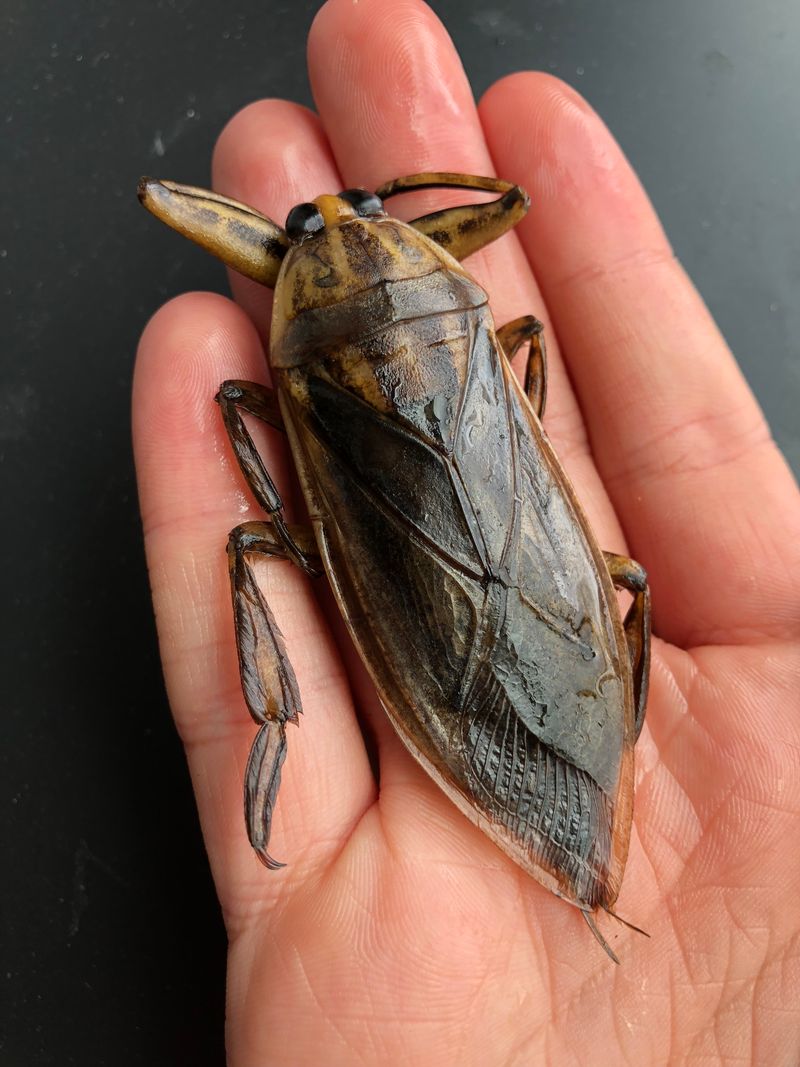
Lurking in California’s freshwater bodies, the Giant Water Bug is a formidable aquatic predator. Known as the ‘toe biter,’ their bite is painful but not dangerous to humans.
These bugs hunt fish, tadpoles, and other insects, playing a pivotal role in maintaining aquatic ecosystems. Their large size and strong front legs make them efficient hunters.
They exhibit fascinating parental care, with males carrying eggs on their backs until hatching. Respecting their habitat ensures these intriguing creatures continue to thrive, contributing to the balance of nature’s underwater world.
Assassin Bug
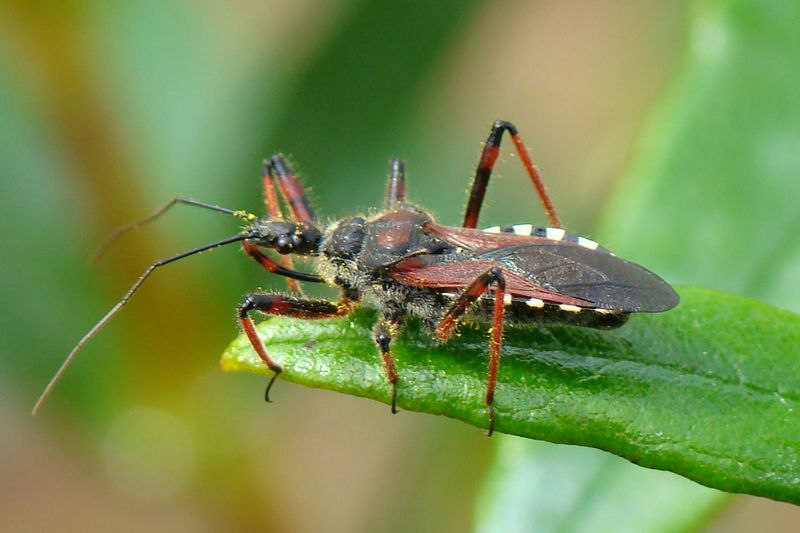
With a name that evokes mystery, the Assassin Bug is a skilled predator. These bugs are adept hunters, using their sharp, curved beak to dispatch prey efficiently.
They inject venom that liquefies the insides of their prey, making them a formidable adversary. Although they can bite humans, it is rare and usually in self-defense.
Their role in controlling pest populations is invaluable, keeping ecosystems in balance. Observing them from a distance allows us to marvel at their precision and skill without risking a painful encounter.
Red Firebug
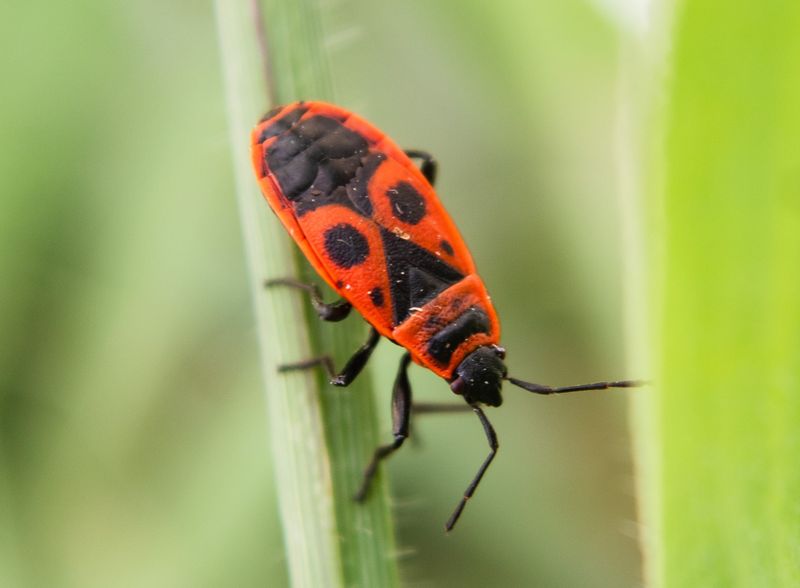
The Red Firebug is as vibrant as it is intriguing. These insects are easily recognizable by their striking red and black patterns.
While they pose no threat to humans, their presence in gardens can be concerning, as they feed on plant juices. However, they are more a nuisance than a danger.
Their bright coloration serves as a warning to predators, a testament to nature’s survival strategies. Admiring their vibrant patterns from afar allows us to appreciate the diversity of life without causing harm to these colorful creatures.
Velvet Ant
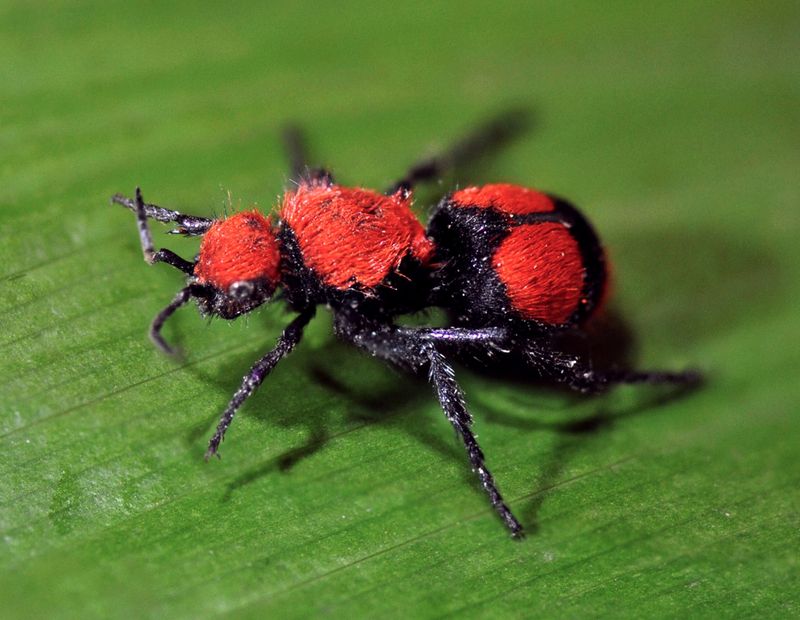
The Velvet Ant, often mistaken for a true ant, is actually a wasp. Known for their painful sting, they are also called ‘cow killers’ due to the intensity of their sting.
Their vibrant red-orange coloration serves as a warning to potential predators. Despite their intimidating reputation, they are solitary and avoid confrontation unless provoked.
Found scurrying along the ground, these wasps are fascinating to observe. Maintaining a respectful distance ensures safety, allowing you to admire their unique beauty without experiencing their infamous sting.
California Root Borer

The California Root Borer is a nocturnal marvel, often found near tree roots. These beetles have long, hard bodies and prominent antennae, making them hard to miss.
Their larvae can damage tree roots, impacting forest health. However, they are not aggressive towards humans and are rarely seen during the day.
Their lifecycle involves fascinating transformations, showcasing nature’s complexity. Appreciate their role in the ecosystem, understanding that each creature has a part to play in the grand tapestry of life.
Kissing Bug
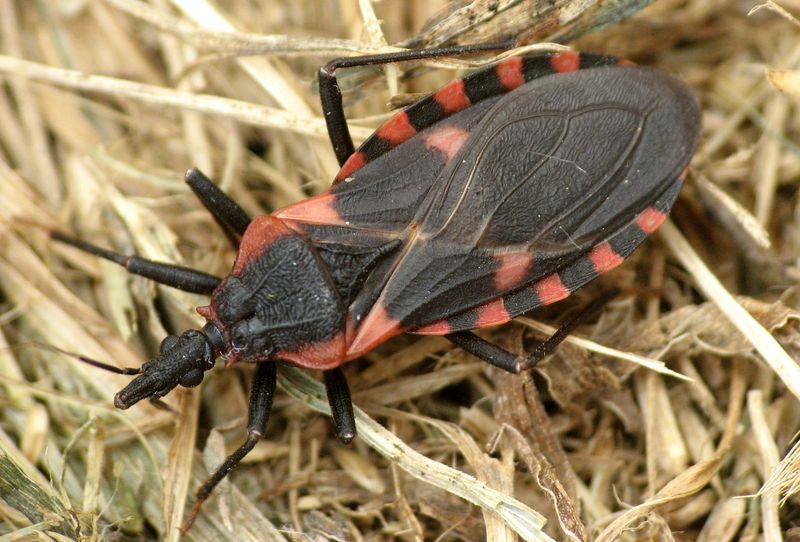
Meet the Kissing Bug, a rather deceptive name for an insect capable of transmitting Chagas disease. These nocturnal creatures are drawn to the warmth of mammals, including humans, as they seek out blood meals under the cover of darkness.
Their stealthy approach often leaves their victims unaware, making them particularly dangerous. Found primarily in the more arid regions of California, their presence is a reminder of the hidden threats lurking in the night.
While their bites are rarely felt, the potential consequences of their presence have made them a subject of both folklore and serious concern among local inhabitants.
Western Honey Bee
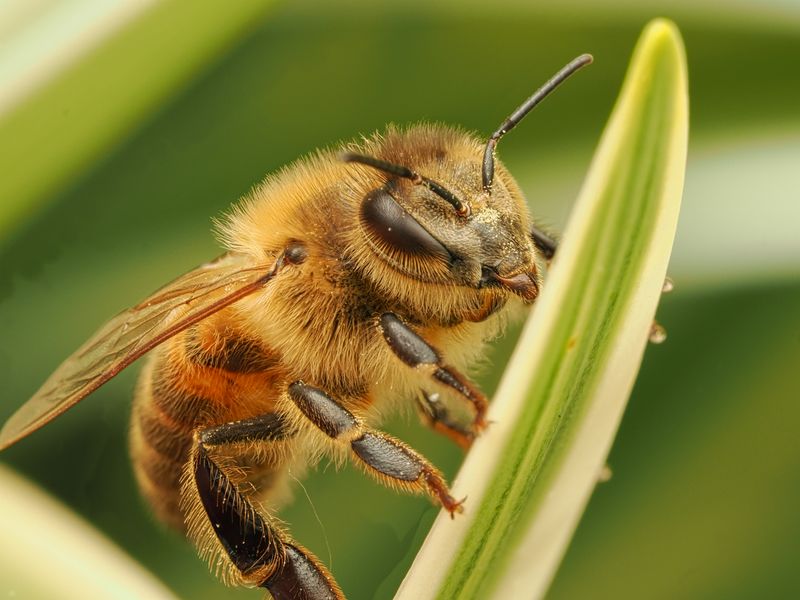
The Western Honey Bee may seem innocuous, but their importance cannot be overstated. These bees are critical pollinators, supporting both natural ecosystems and agriculture.
However, they can become defensive if their hive is threatened, and multiple stings can be dangerous for those with allergies. Their presence in California’s forests is vital for plant reproduction.
Their industrious nature and complex social structures are fascinating to observe. Respect their space, and they will continue to buzz happily, contributing to the environment with every flower they visit.
California Oak Moth
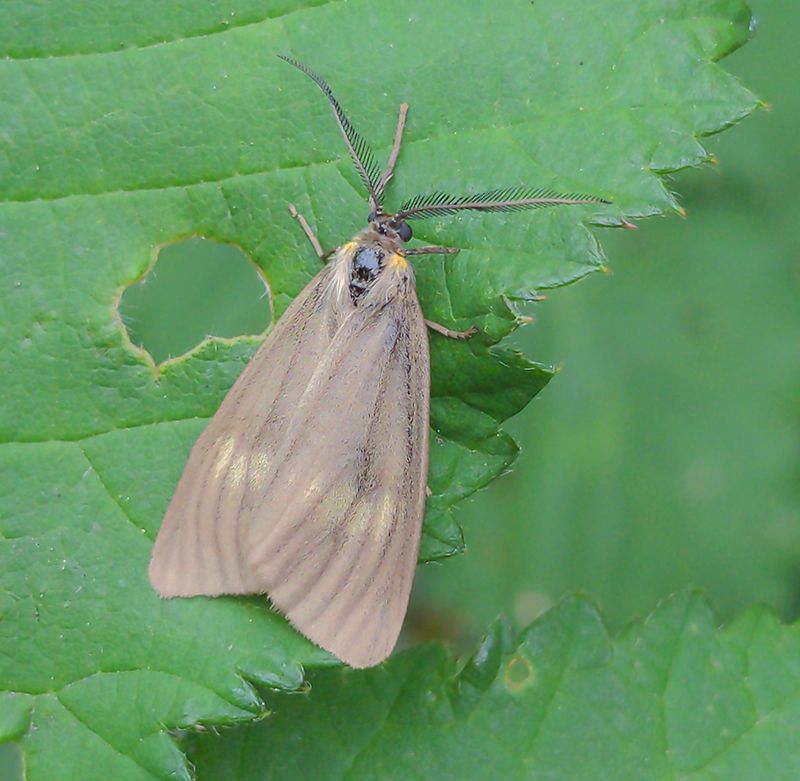
The California Oak Moth is a delicate creature with a crucial role in its ecosystem. Their pale wings blend seamlessly with the foliage, offering a natural camouflage.
While harmless to humans, their larvae can defoliate oak trees when populations surge, impacting tree health. Understanding their lifecycle helps in managing outbreaks to protect vital oak habitats.
These moths are a reminder of nature’s cycles and the intricate relationships that sustain life. Observing them flutter among the leaves enriches our appreciation for the diversity and resilience of forest ecosystems.
Western Hemlock Looper

The Western Hemlock Looper may be small, but their impact is profound. These moths have intricate wing patterns, blending into their surroundings effortlessly.
Their larvae can cause significant damage during outbreaks, defoliating trees and altering forest dynamics. While not dangerous to humans, their presence is a signal of ecological imbalance.
Managing their populations involves monitoring and biological control measures. Appreciating the interconnectedness of forest life encourages responsible stewardship, ensuring these vibrant ecosystems thrive for generations.
Black Widow Spider

The Black Widow Spider, with its glossy black body and iconic red hourglass marking, is perhaps one of the most recognizable and feared spiders in California’s forests. Known for their potent venom, these spiders prefer dark, undisturbed areas where they can spin their strong webs.
Despite their notoriety, Black Widows are shy and generally avoid human contact, biting only when threatened. Their venom can cause severe pain and muscle cramps, although fatalities are rare due to available medical treatments.
The eerie beauty of their webs and the mysterious solitude in which they thrive add a layer of intrigue to this already captivating forest resident.

